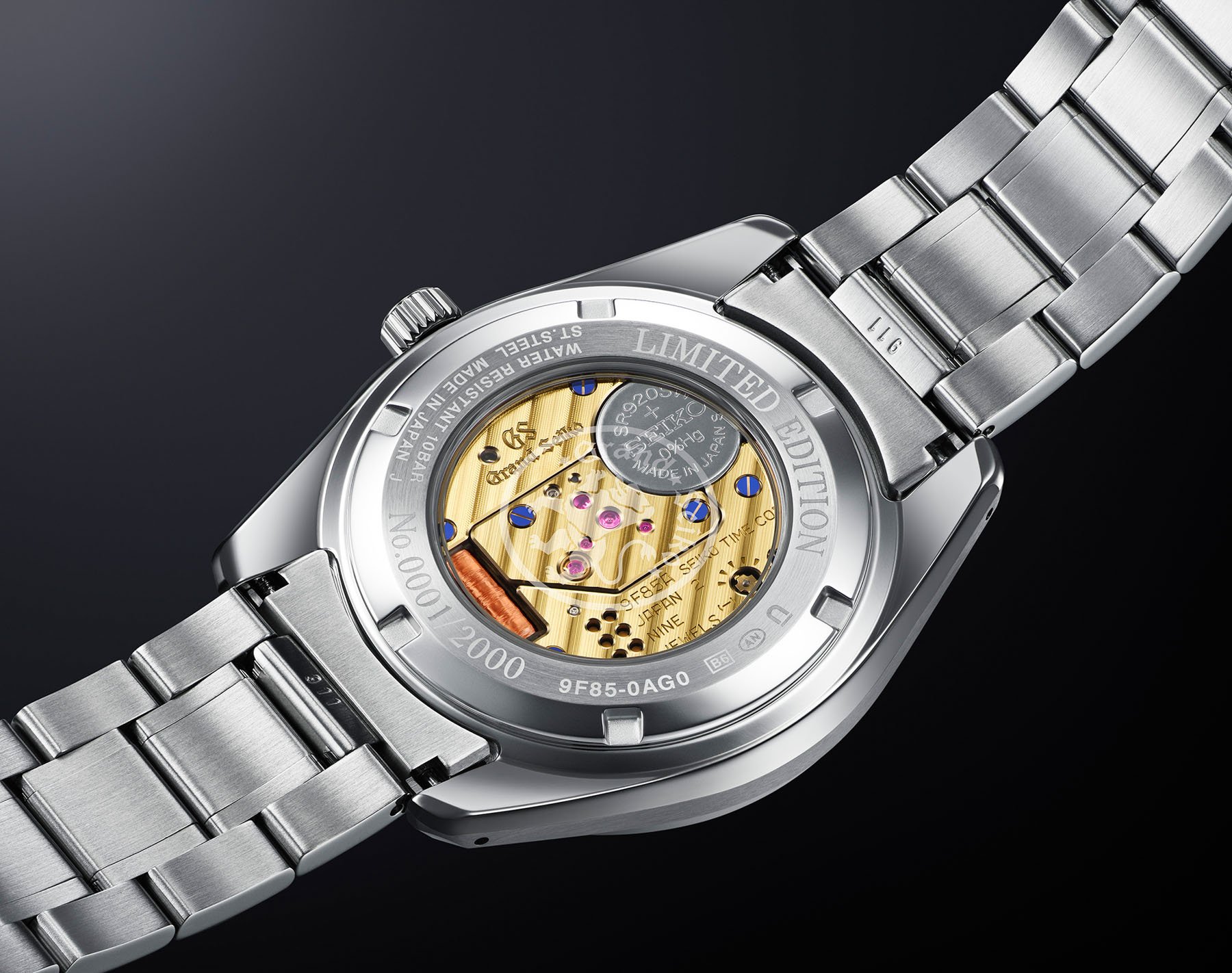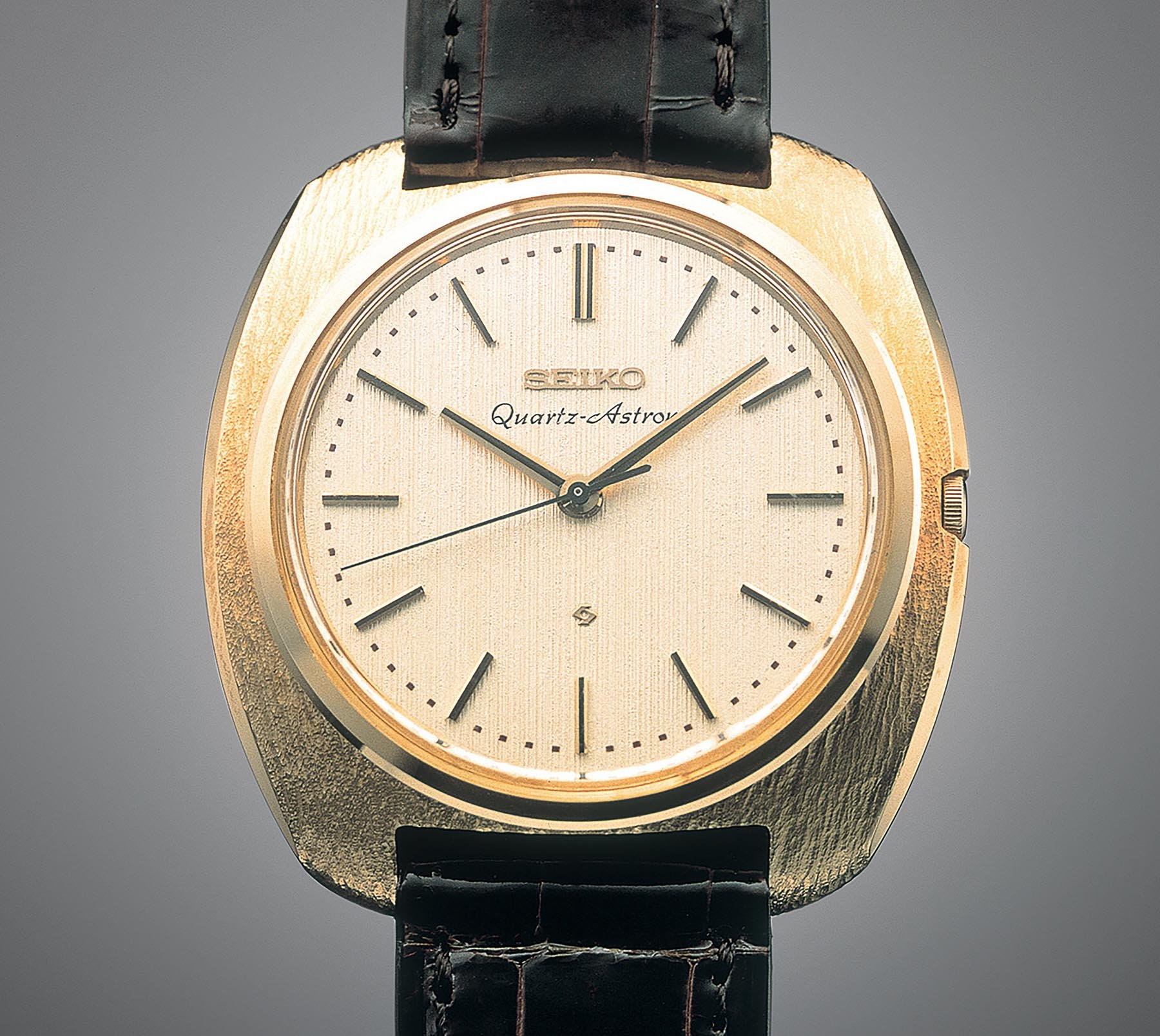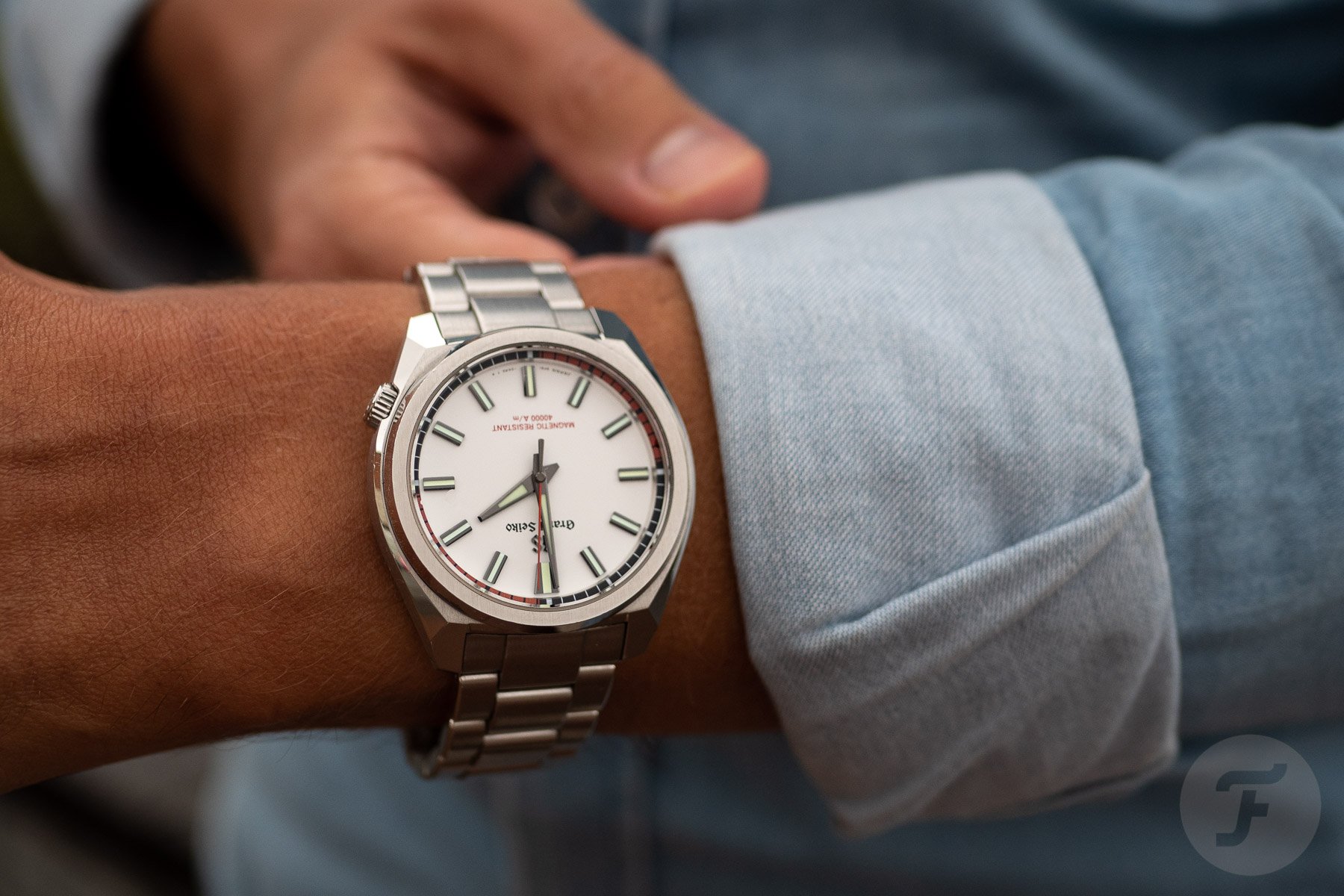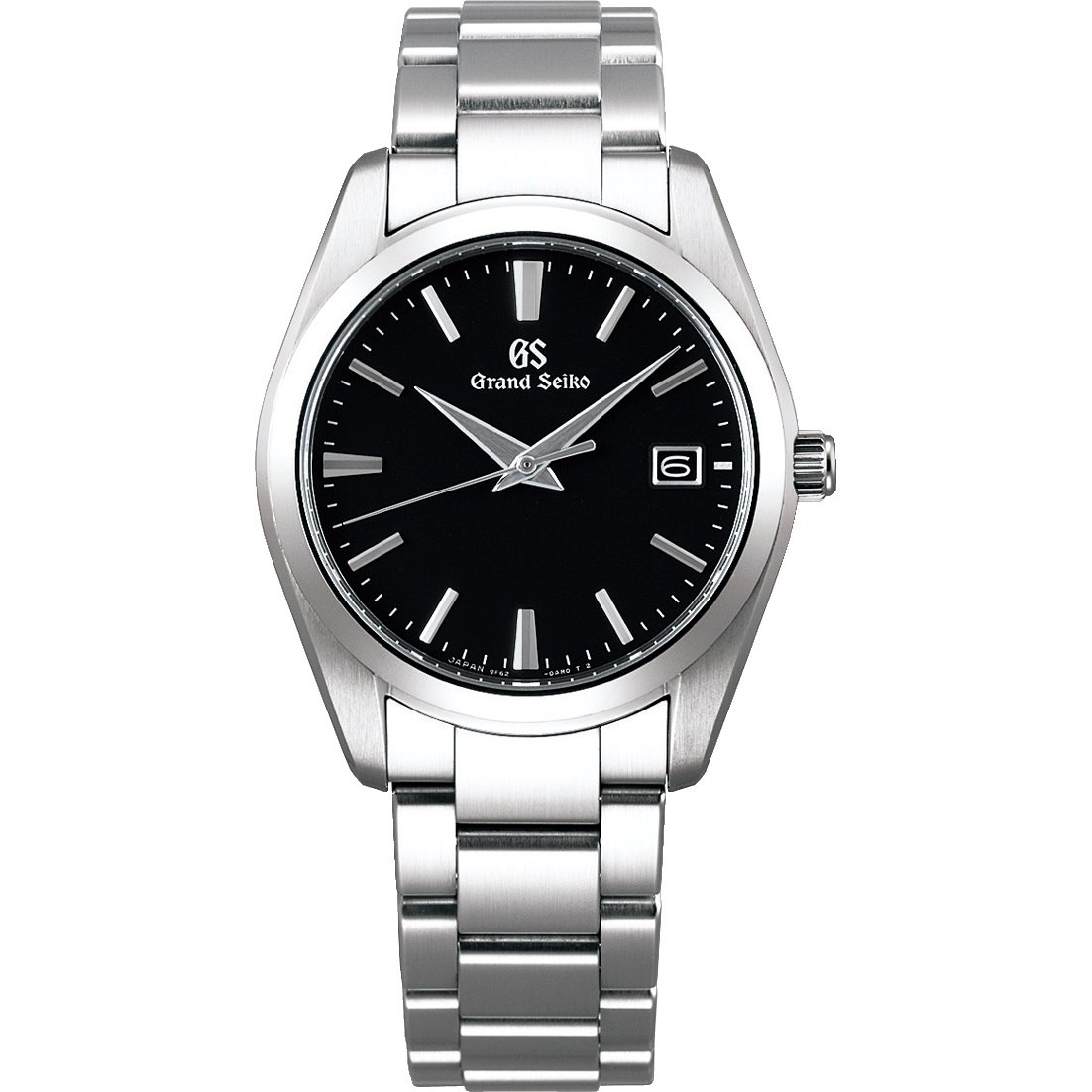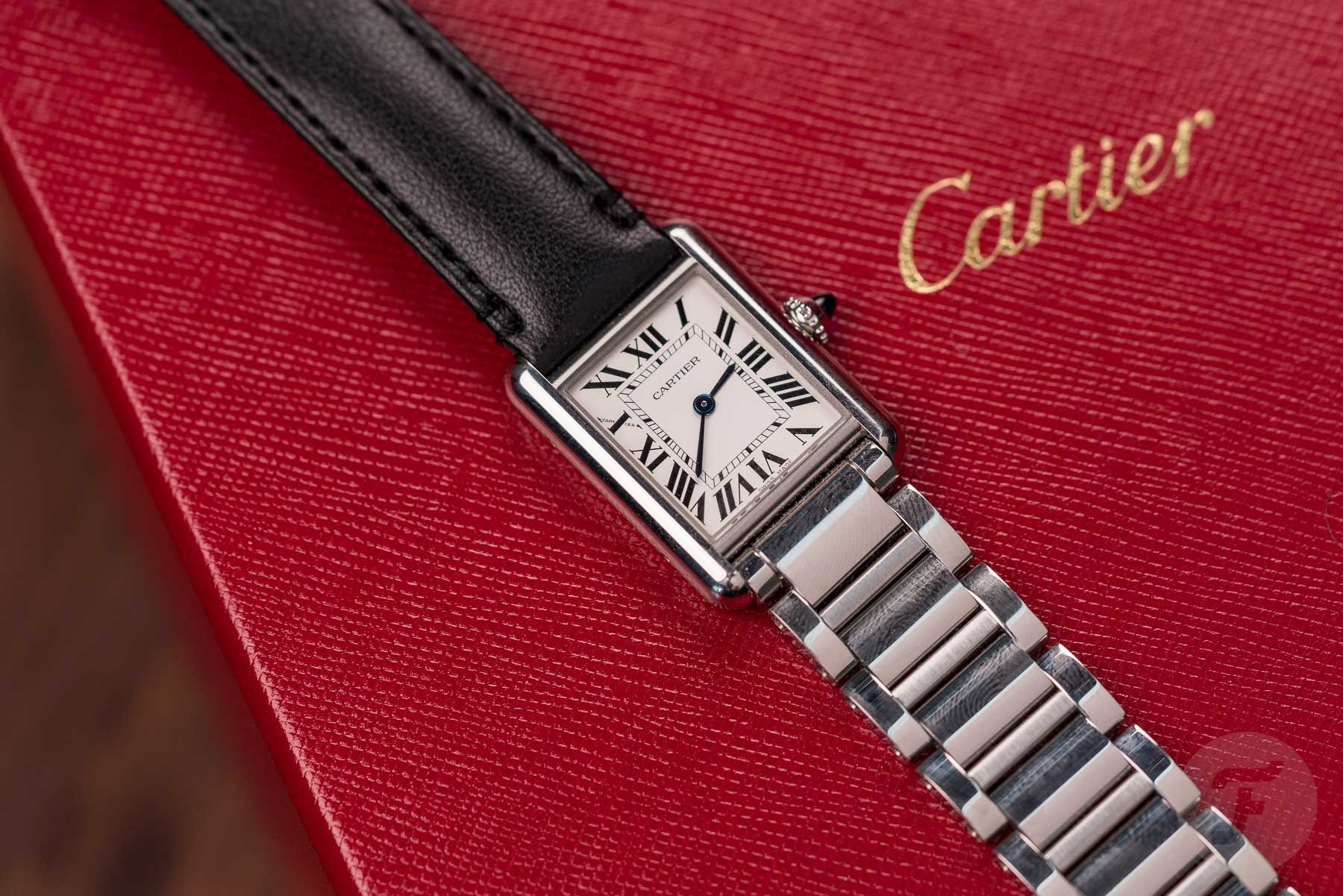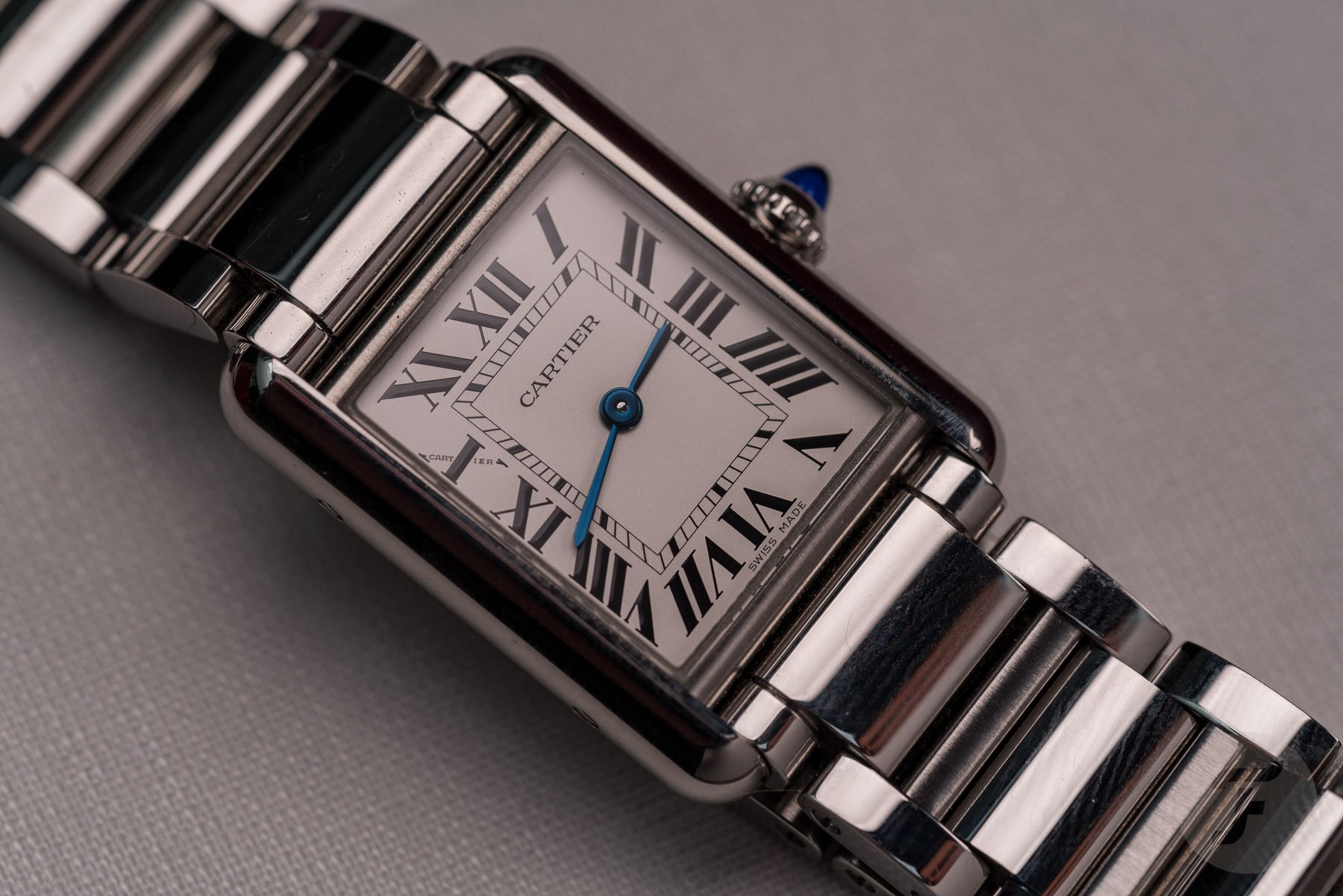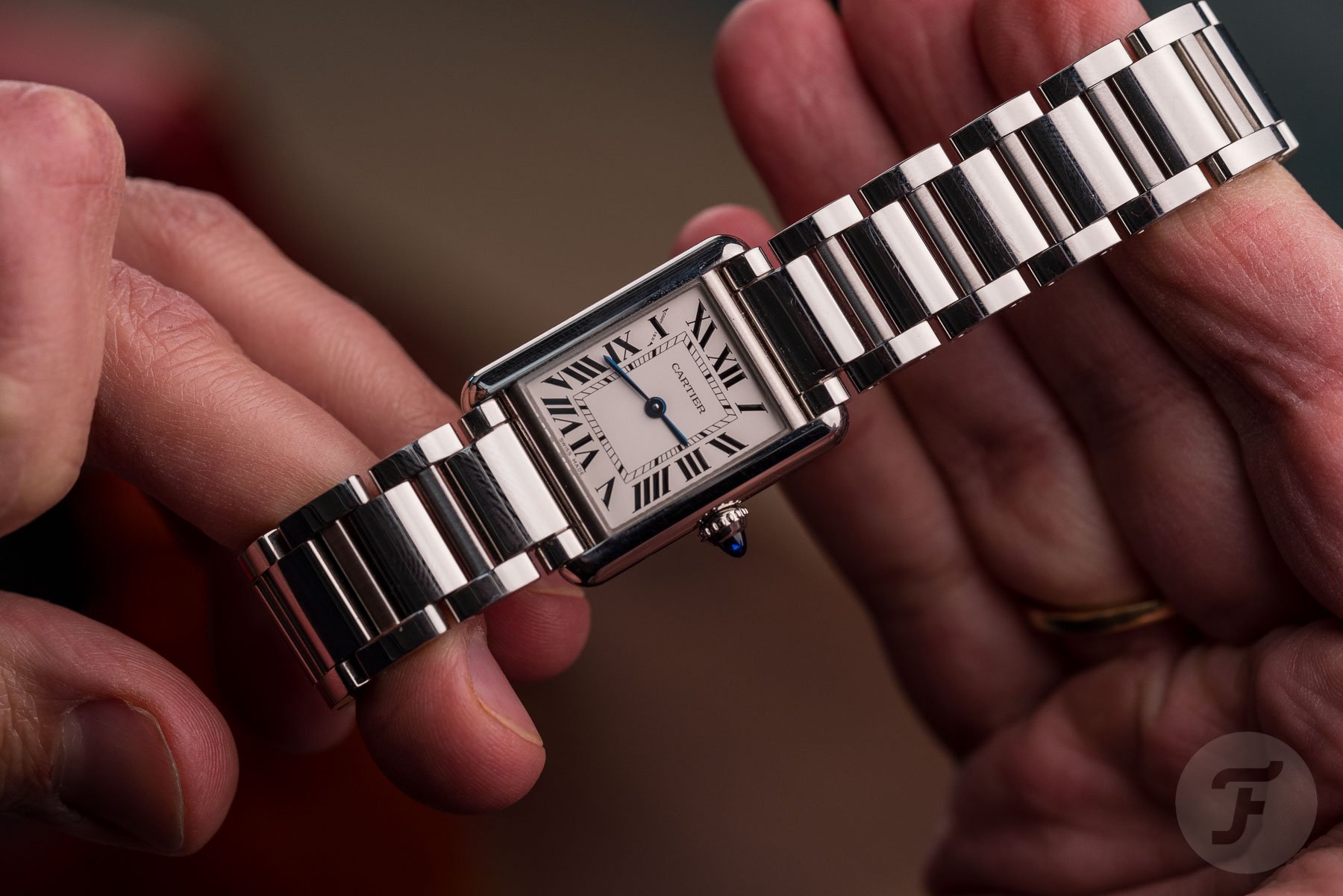Sunday Morning Showdown: Battle Of The Batteries — Grand Seiko Versus Cartier
In this week’s Sunday Morning Showdown, we present the battle of the batteries with two brands well-known for their quartz offerings, Grand Seiko and Cartier. We have GS-owner Thomas defending the quartz offerings from the Land of the Rising Sun. Cartier-wearing Daan will represent the French house. Since Thomas’s GS is hand-wound and Daan’s Cartier is automatic, they will both have to step out into unfamiliar territory. Let’s see who is most at home with quartz.
We are not pitting two particular references or calibers against each other. Well, maybe we will just a bit, but that is not the main focus. Instead, we are battling on the conceptual level of quartz technology. Grand Seiko and Cartier have unique approaches to quartz watches, and that is what we are putting head to head.
The Speedmaster is still on top
But first, a quick look at the results of the previous Sunday Morning Showdown. Daan took himself on in a battle of two very different watches. He put the Omega Speedmaster Moonwatch up against the Cartier Santos. We would have expected a landslide win for the Speedy from you, dear Fratelli.
And it did take the win, but only by the narrowest of margins. A mere 52% majority picked the Moonwatch over the Santos. Interesting! This is another confirmation that Cartier is growing in popularity among the more hardcore watch community. Let’s see how the Maison fares against Grand Seiko…
Thomas: Grand Seiko Quartz
If I had to summarize this contest in three words, it would be “substance over style”. I am referring, of course, to the conceptual difference between Grand Seiko and Cartier quartz watches. They exist for different reasons and are aimed at different people. Let me elaborate.
I am not denying that there is quality in Cartier quartz calibers. But they exist for three main reasons — they are small, affordable, and practical. And that is significant for this battle. A large chunk of the Cartier-buying public just wants the Cartier style. They are not too interested in mechanics and craftsmanship. Quartz allows the brand to cater to that audience with fashion-first watches.
Grand Seiko, on the other hand, recognized that quartz is technically superior to mechanical timekeeping, so the brand set out to use it to strive for the ultimate in accuracy and reliability. That is an actual horological pursuit, and it shows in Grand Seiko’s products. It is what I think I can justifiably describe as substance over style.
History is on Grand Seiko’s side
I think this point is driven home if we take a historical perspective. Cartier very cleverly managed to survive the quartz crisis by offering more affordable, battery-powered alternatives to its classical mechanical watches. The Must de Cartier line was instrumental in finding a new and sustainable position in a quickly changing watch market.
Seiko, on the other hand, caused the whole quartz crisis to begin with. As I already mentioned, the brand recognized the objective superiority of the tech and pursued it. Seiko practically put a bomb under the Swiss watch industry. “This is the new world order. You just see how you deal with it.”
I think this lends extra street-cred to Seiko/Grand Seiko quartz. It was not a response to a development, it was the development itself. It is arguably the most disruptive innovation the watch world has seen.
Grand Seiko takes it seriously
I have not even covered the perfectionist approach that Grand Seiko takes to its quartz (9F) calibers. They are every bit as impressive as mechanical movements. They are even similarly beautiful. In fact, there are examples of GS quartz watches with display case backs. If you are reading along, GS, please do that with every model! They are gorgeous! Just don’t etch images into the glass; it looks messy.
I will not go into too much detail. That would take an entire article in itself. But for starters, Grand Seiko grows its own quartz crystals. Sure, Cartier makes its own quartz calibers but also takes parts such as the circuits from external suppliers. GS does it all in-house. And the result is a caliber that is accurate to a mind-boggling 10 seconds per year. Regulated versions even cut that deviation in half! Cartier, on the other hand, does not specify accuracy. Why would that be?
GS just pushes the tech way further. There is a special spring system that prevents the seconds hand from showing any backlash. A clever twin-impulse stepper motor allows for the use of much heavier hands than regular quartz calibers could possibly drag around. All the sensitive parts are completely isolated to ensure that any jeweler can replace the battery without harming the intricate mechanics. In short, you tolerate a quartz caliber in a Cartier because you love its design. You buy a quartz Grand Seiko for its movement.
How Grand Seiko offers its quartz calibers
I think the last nail in Cartier’s coffin is the value of a quartz Grand Seiko. Granted, this is not about the quartz tech itself, but rather about what the brands do with it. Let’s briefly compare an entry-level quartz Tank (WSTA0041) to an entry-level GS quartz (SBGX261). Sure, the Tank is an iconic design, but that is pretty much the only thing it holds over the Japanese offering.
The Grand Seiko comes on a decent bracelet rather than a very basic leather strap. It has an intricately shaped case that is beautifully Zaratsu-polished and equally beautifully polished hands and indices. The SBGX261 has three times the water resistance of the Tank and, from a technical perspective, a far more impressive quartz caliber. So how much more expensive do you think it is?
Nope. It is almost a grand cheaper! Case closed, my dear Fratelli. Daan, I am more than curious to see how you save this one.
Daan: Cartier Quartz
Wow, well, thanks for the intro, Thomas. You’re not leaving me much room to maneuver here! But let’s try to tackle this issue as quickly as possible. To be honest, we couldn’t have chosen two brands that are any more different from each other than these two. Indeed, Seiko/Grand Seiko is the quartz master. Cartier is simply a mere user of quartz technology (although I do think the brand reworks the quartz movements to quite an extent). But I won’t zoom in on the technology here because I think that would be a quick and easy win for Grand Seiko.
Instead, I’ll be focusing more on the desire to buy either a Cartier or a Grand Seiko watch. Because let’s be honest: most of us are here because we like mechanical watches. We are fascinated with the fact that a group of gears powered by spring (and sometimes a rotor) can consistently tell us the time without the need for any electronic power source of power. So why would we want to buy a quartz Cartier or Grand Seiko watch?
A Grand Seiko speaks to the mind
Well, in the case of Grand Seiko (and I say this lovingly), you’re buying such a watch because you’re a quartz nerd. You’re not going to tell me you actually like the design of those watches, are you? I must admit, I also used to own a 9F-powered Grand Seiko because it’s true that the technology behind it is beyond cool. But, just like with their mechanical brothers and sisters, I always think there’s something off with these watches. Often, it’s the bracelet, but sometimes it’s just because they’re plain boring or have too many things going on. In my eyes, there hasn’t been a Grand Seiko yet that made me say “yes” with 100% conviction.
And even if the technology behind it is so impressive, it’s still something you’ll be wearing around your wrist. To me, that means that in terms of looks, it should be a “yes” all the way. Otherwise, you have to be a person that buys his or her watches with a purely rational approach. In that case, I can understand why you’d buy a quartz Grand Seiko. By the way, Lex is the perfect exception to the rule here! But otherwise, especially in the case of quartz watches, I think people first assess the looks. Only after they’ve decided that they like what they’re seeing will they take a look at what’s inside. That is exactly why Cartier made a brilliant compromise here.
A Cartier speaks to the heart
Cartier doesn’t make watches. Cartier makes statements that also happen to tell you the time. Only if it’s one of the brand’s magnificent skeleton creations do people think about what’s actually driving the hands around. Otherwise, who cares? Heck, I bet most of the Cartier watches being worn nowadays either have dead batteries or haven’t been wound in years. That’s just not what it’s about when you wear a Cartier watch. Such a masterpiece takes you to a different world where you control time. You determine when things happen or not. That’s why the “Shape your time” motto fits so well with Cartier as a brand.
In my eyes, that’s the exact opposite of what Grand Seiko is trying to do. GS is trying to make the most accurate watch in the world. To me, this shows that people behind the brand are trying to gain control over the world around them. But that’s never going to happen. Take an example from the French with their joie de vivre. Just let it be, and make the best of it. Look for the beauty in everything around you, and try to enjoy every single moment, even when you’re 20 minutes late. Listen to your heart, and to hell with reason. Now that’s what Cartier is all about.
Time to vote!
So are you a thinker or a feeler? Are you always on time or always late? Do you always set your watch while looking at the atomic clock, or do you really not care what time it is? Now’s the time to separate the rationalists from the idealists. Please get your votes in, and show us which side you’re on. Are you backing Thomas and Grand Seiko or Daan and Cartier? Also, please let us know in the comments why you belong to one camp or the other!
See you next week for another episode of Sunday Morning Showdown!


